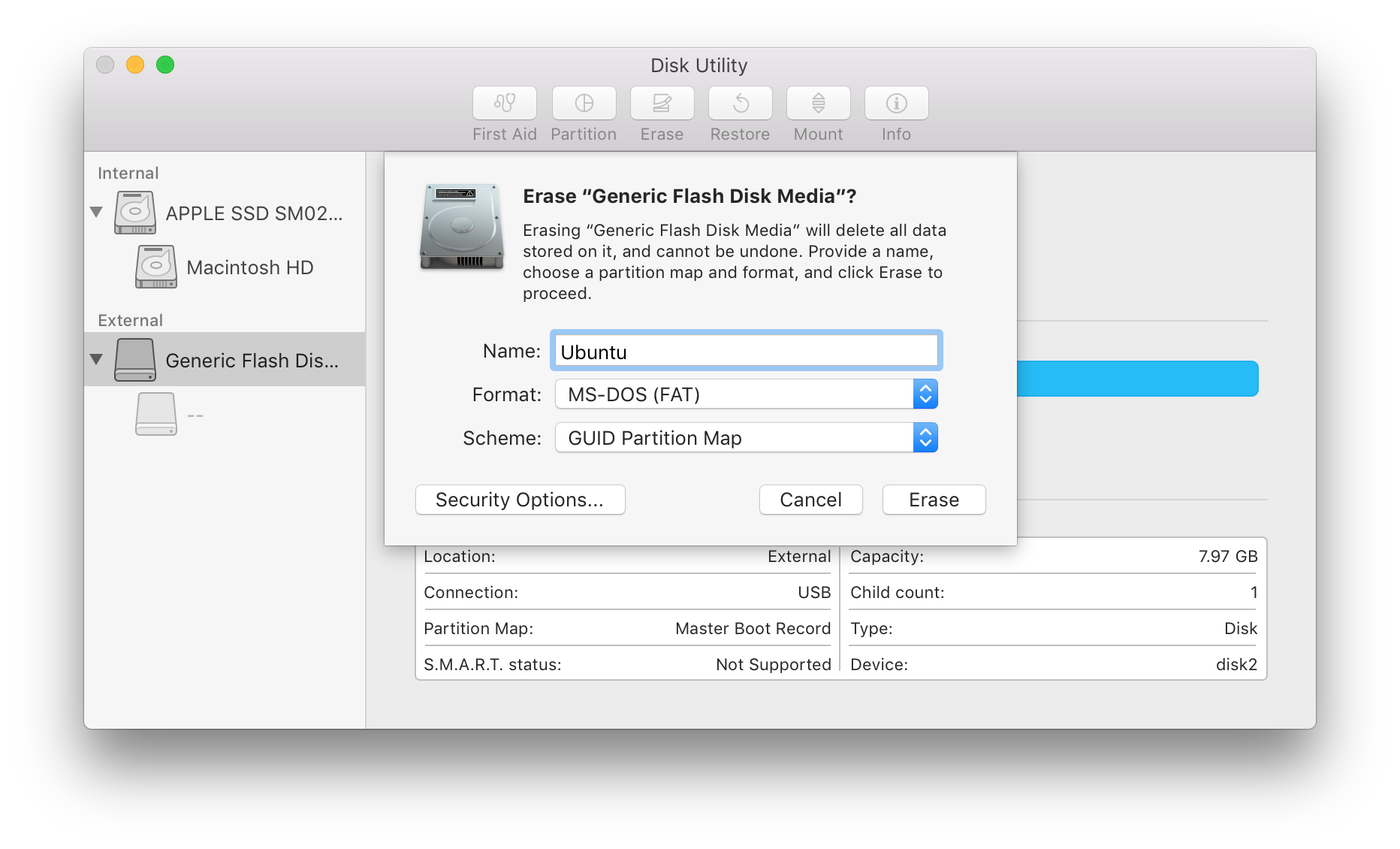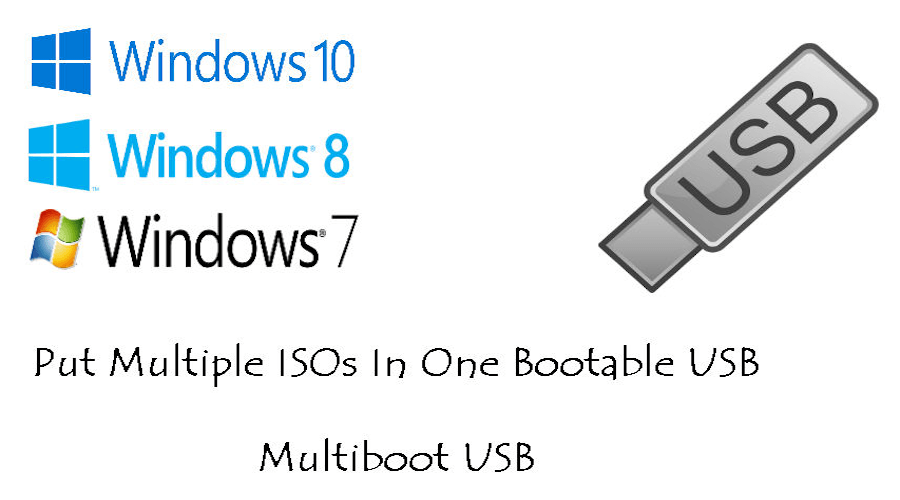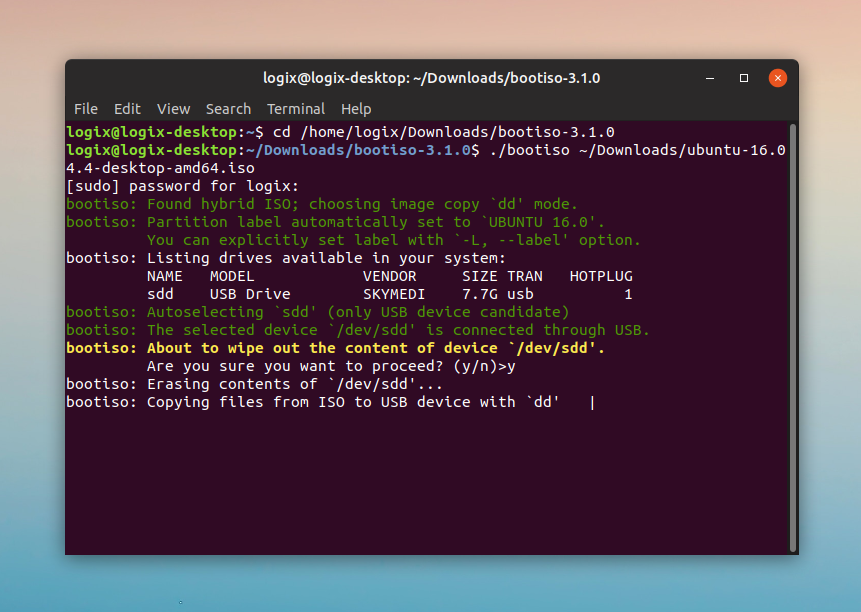

- #CMD CREATE BOOT USB ISO LINUX HOW TO#
- #CMD CREATE BOOT USB ISO LINUX INSTALL#
- #CMD CREATE BOOT USB ISO LINUX WINDOWS 10#
- #CMD CREATE BOOT USB ISO LINUX PC#

Once the program is started, you may see File Explorer open the USB drive that it is writing to.

If you have not backed up your data on the USB drive yet, THIS IS YOUR LAST CHANCE. This is the last warning that all of the data on the drive you selected will be destroyed. Next you should have a pop-up on the screen. Check the box next to ‘ISO Image mode’ and click OK. It might ask you if you want to write the image in ISO Image mode or DD Image mode. If you get this pop-up after clicking start, click Yes.

Click the file then click Open.Īfter that, just click Start and let the program create the bootable USB Then select the ISO file that you downloaded earlier. Next, you need to select the Linux ISO file you want to use. Back up any data on the flash drive before proceeding to the next step***Ĭlick the dropdown arrow at the top right to display the available external drives attached to the PC, then click the drive you want to use. ***Please Note: This will wipe all data on the USB flash drive. First, insert the USB flash drive you want to make bootable. Now, you will need to use this program to create the bootable flash drive. The program should now open and you should see this on your screen: Using USB Imaging Tool A message will pop up asking if you want to allow the program to make changes to the PC. Once you click on it, it should open the program. If you are using Chrome, you can do this by clicking on the file in the bottom left hand corner. Once it is finished, you will want to run or open the file. This should start the download automatically. Once you are on the website, you should see this download button: For this guide, I will be using a program called Rufus.
#CMD CREATE BOOT USB ISO LINUX INSTALL#
You can install either tool using the links above.
#CMD CREATE BOOT USB ISO LINUX PC#
All that means is when you insert the USB in the PC and turn it on, it will boot to the Linux operating system from the USB rather than just booting to Windows like normal. Next, we need to use a USB imaging tool to make the USB flash drive ‘bootable’. If the download did not start on its own, I recommend either clicking the back button and trying again or just closing the browser and starting back from the step 1. Unless you changed the download location for this, you should find it in the Downloads folder. Remember where you save this as we will need it in a moment. Then click ‘20.04 LTS’ under Ubuntu Desktop: Once you are at click on ‘Download’ at the top of the screen: If you do not already have the ISO file for Ubuntu, you will want to go to and download it.
#CMD CREATE BOOT USB ISO LINUX WINDOWS 10#
It has the Windows 10 feel but with the power of Linux.
#CMD CREATE BOOT USB ISO LINUX HOW TO#
We’ll walk you through how to create a bootable Linux USB drive on Windows 10. Creating a bootable Linux USB will allow you to explore everything Linus has to offer without having to install any extra programs.


 0 kommentar(er)
0 kommentar(er)
